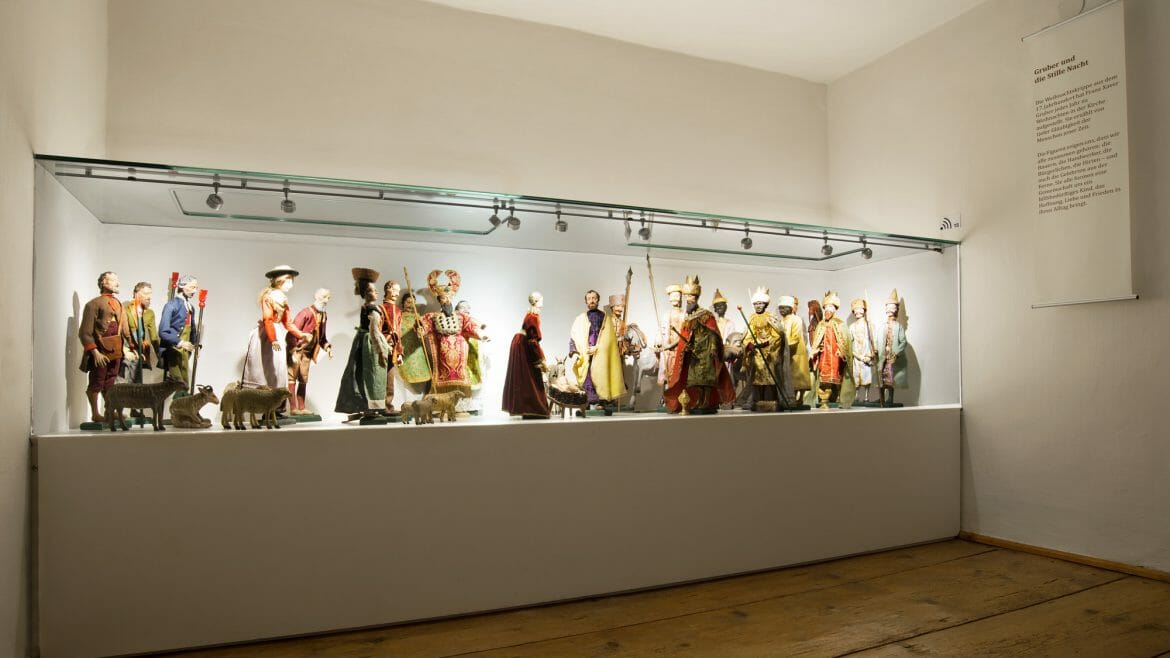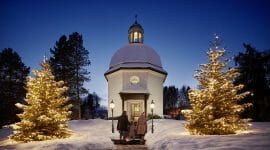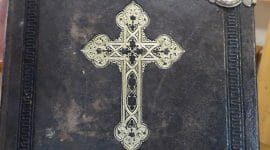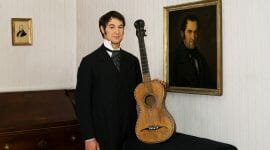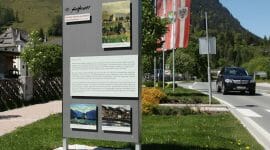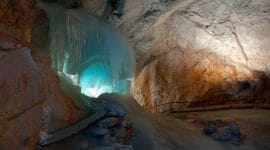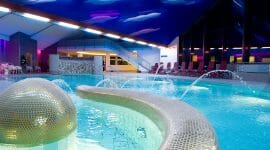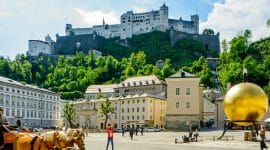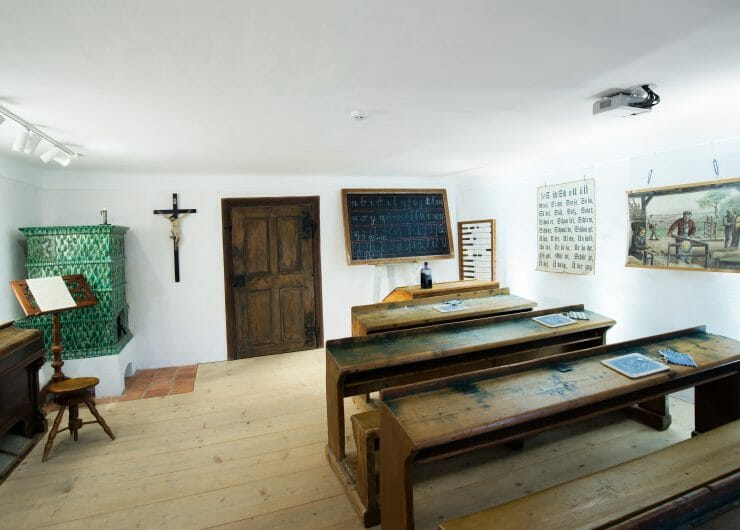
Pilgrimages and congregations
Pilgrimages, after all, still played an important role in Arnsdorf during Franz Xaver Gruber’s days. The small municipality near Oberndorf had been well-known beyond its borders for centuries: Pilgrims came all the way from Rome to visit the “Maria im Mösl” Church and to this day each newly elected archbishop of Salzburg begins his position with a pilgrimage to Arnsdorf.
The economic situation and prospects for the future were dire, which, in turn, made pilgrimages so much more attractive. Franz Xaver Gruber not only taught in Arnsdorf, but also serviced the pilgrims as a sacristan and organist. Sometimes this meant attending several masses in a single day. The high point was the 300-year anniversary of the Pilgrimage Church in the year 1820, which attracted 20,000 visitors. Abbots from the Michaelbeuern Abbey, to which the church belonged, as well as from St. Peter’s Abbey, attended the orchestra’s performance under Gruber’s direction. Arnsdorf had thus always been a place where people met and congregated. A factor which Michael Haydn also took advantage of in order to perform songs in German together with pastor Rettensteiner. A novelty just like the four-part male choir, which is considered among the most significant musical developments of the 19th century.
b
The famed melody was created in the school building
When Franz Xaver Gruber took up his teaching position in Arnsdorf in 1807, he also assumed the duties of the sacristan and the organist. That he could also be the organist of the St. Nikola Church in Oberndorf from 1816 was only possible because his stepson Anton Dürnberger would substitute for him at times in Arnsdorf. Just one year later, a new assistant priest was transferred to Oberndorf: Joseph Mohr. A friendship seems to have developed quickly between the two men. Music was an integral component of this connection.
The school in Arnsdorf was the best in the entire district according to a school report from 1821, as the children were giving their answers with “admirable proficiency”. Attendance, however, was not as good as it could have been because the farmers preferred to keep their children occupied at home to ease the financial burden. School fees also had to be paid and the rural population was suffering from the increased cost of living. Franz Xaver Gruber thus eyed the vacant teaching position in Oberndorf, where he also worked as an organist. His wish, however, failed to manifest. In 1829, he switched to Berndorf.
On the traces of “Silent Night” in Arnsdorf:
- The school building in Arnsdorf is still preserved in its original state and continues to serve as a school. Since 1957, the Silent Night Museum has been commemorating the creation of the world-famous song and the creator of its melody, Franz Xaver Gruber. In 2011, the museum was completely restored on the first floor and redesigned — in 2013, it was awarded the Austrian Museum Seal of Quality. It is a place for contemplating and congregating, reflecting the simplicity of life during Gruber’s days. A traditionally fitted smokehouse, where family life took place, as well as a historical classroom with the “Gruberpult” desk and other school desks, provide an inside-look into Gruber’s everyday life. Nativity figures from the 18th century, which Gruber would set up for Christmas every year, are also available. In the ground floor of the house, you will find the classrooms of the Arnsdorf school.
- The “Maria im Mösl” Pilgrimage Church from the year 1520 is located not far from the school building. Even the organ that Franz Xaver Gruber played can be viewed here. And every year on 24 December, you can hear the bells chime to the tune of the world-renowned Christmas song from the church tower.
- The well-signposted Gruber-Mohr Trail connects Oberndorf and Arnsdorf and invites visitors on a splendid walking tour. It’s quite probable that Franz Xaver Gruber also took this path to Oberndorf in order to attend to this organist duties there. The path leads from the school in Arnsdorf to the Silent Night Square in Oberndorf. You should plan around 2.5 hours for the approximately eight-kilometre-long trail. Those who don’t want to be out and about for quite that long can take the Lokalbahn S1 (Arnsdorf Station, walking distance 1.5 km) descending every half an hour, or the 880 bus (HS Arnsdorf Bundesstrasse, walking distance 500 m).
- The Gruber-Mohr Memorial Walk is a delightful preparation for Christmas Eve. On 24 December at 3:30pm, you will be able to attend a nativity prayer in the “Maria im Mösl” Pilgrimage Church. Afterwards, various festivities celebrating Franz Xaver Gruber and Joseph Mohr take place on the Silent Night Square. Then, a contemplative torch walk on the Gruber-Mohr Trail leads directly to the Silent Night Chapel in Oberndorf. An additional highlight can already be witnesses halfway through the journey, when Arnsdorf’s Silent Night gunmen (“Prangerschützen”) fire festive gun salutes into the air.



